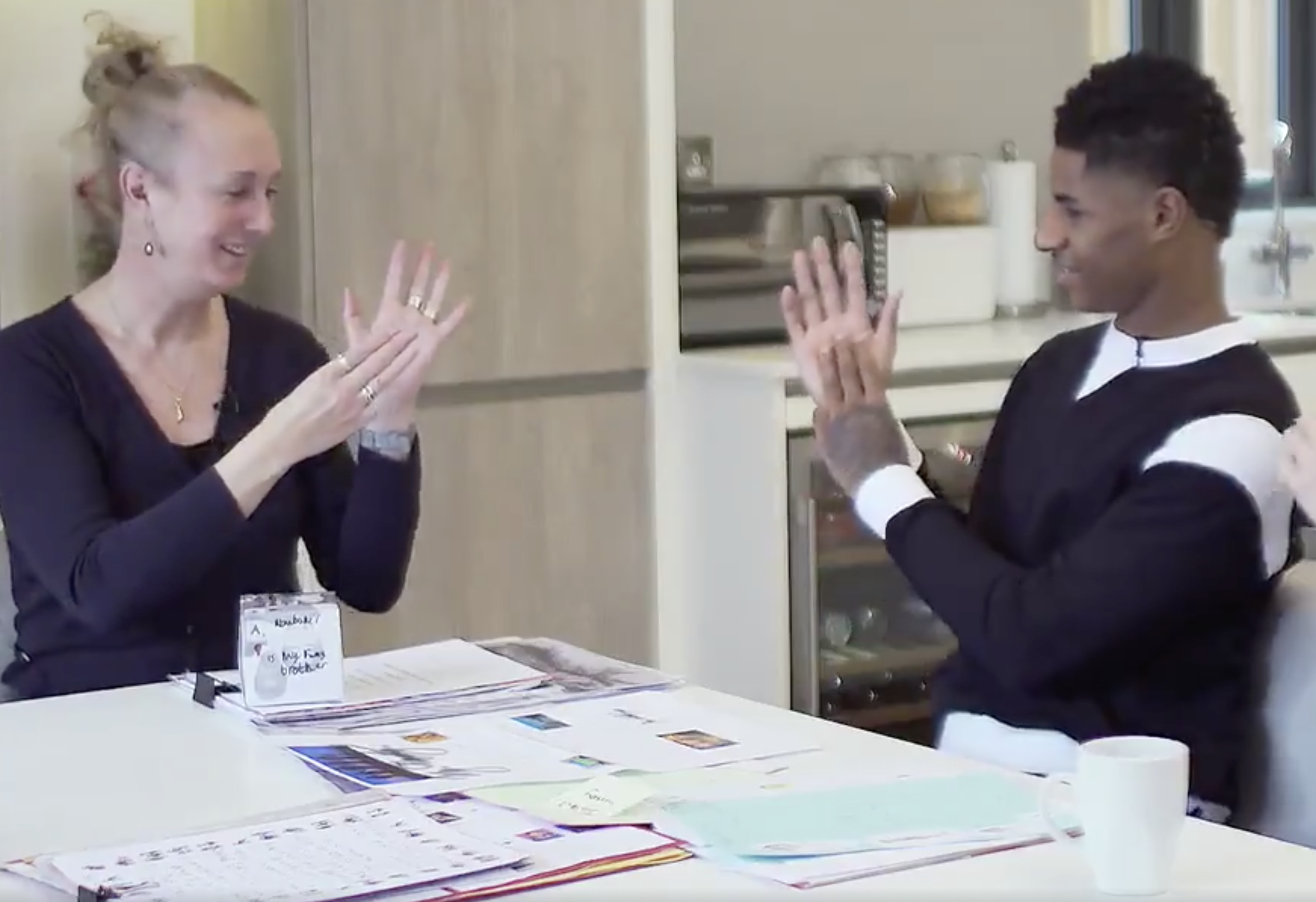
https://www.bbc.co.uk/news/entertainment-arts-53957685
Adults and children around the world have been sharing how they were inspired by Chadwick Boseman following his death last week from cancer. Chadwick played T'Challa in the film Black Panther; the first high profile black Marvel superhero in a film with a primarily black cast. The film also had strong female characters.
The photo shows two children from Birmingham, UK. Their mother posted the picture on facebook with the words, "Because representation is everything. The first time we could buy a hero costume for school of a character that represented them. RIPChadwickBoseman"
Thousands of people posted similar messages on twitter; "Black panther showed so many black children that they could be the superhero"
Another wrote, "For many black children he was the first major superhero they could identify with."
Respect and thanks to Chadwick Boseman.
- what is a superhero?
- name as many superheroes from films as you can... how many are black?
- some people say, "I don't see colour." what do they mean when they say that?
- if we don't "see colour", why are all the superheroes white?
- what does the Mum who took the photo mean by "representation is everything"?
- Black Panther was released in 2018. Why do you think it took so long to get a black superhero lead in a film?
- what does this show about how the world is changing today?
- why is it important to have superheroes who are black?
- who else should see themselves represented in films?
- why is this story about no outsiders?
no outsiders: everyone different, everyone welcome by Andrew Moffat














